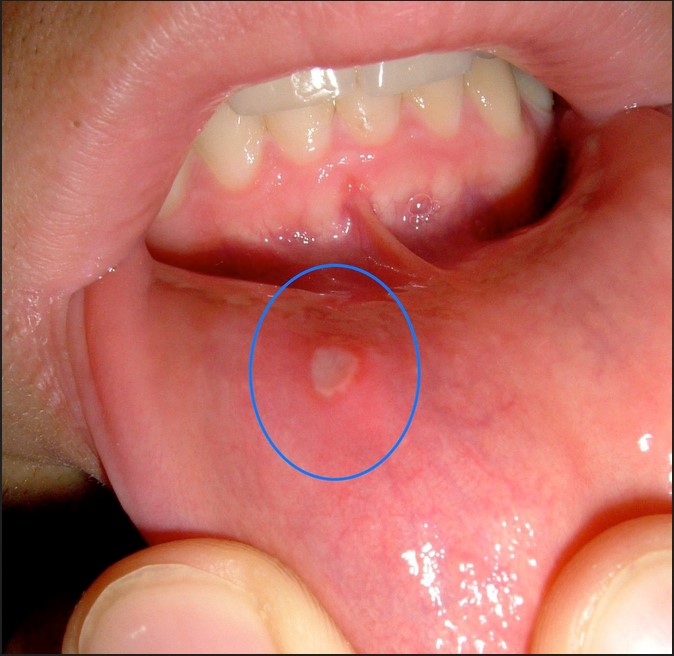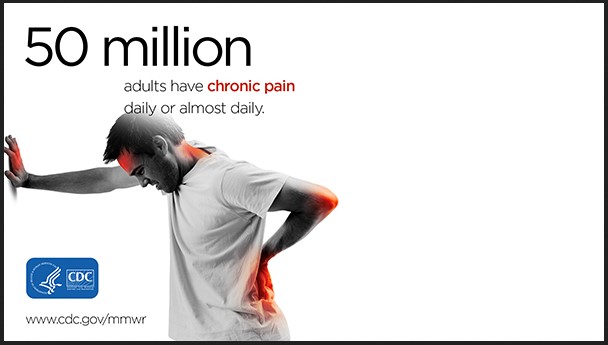Ear Nose and Throat (ENT) doctors, also known as otolaryngologists, are medical professionals who specialize in diagnosing and treating diseases and disorders of the ear, nose, throat, and related structures of the head and neck. They are highly trained in the medical and surgical management of patients with a wide range of conditions, from the common cold to complex cancers. ENT doctors are essential members of the healthcare team, providing comprehensive care for patients of all ages. They are skilled in diagnosing and treating a variety of conditions, including allergies, sinusitis, hearing loss, sleep apnea, and head and neck cancers. They also provide preventive care, such as hearing screenings and vaccinations. ENT doctors are committed to providing the highest quality of care to their patients.
How an Ear Nose and Throat Doctor Can Help Diagnose and Treat Ear, Nose, and Throat Conditions
An Ear Nose and Throat (ENT) doctor is a medical specialist who is trained to diagnose and treat conditions related to the ear, nose, and throat. ENT doctors are also known as otolaryngologists.
ENT doctors are highly trained in the diagnosis and treatment of a wide range of ear, nose, and throat conditions. They are experts in the anatomy and physiology of the head and neck, and they are skilled in the use of specialized medical instruments and techniques.
ENT doctors can diagnose and treat a variety of ear, nose, and throat conditions, including ear infections, sinus infections, allergies, hearing loss, balance disorders, sleep apnea, and voice and swallowing disorders. They can also diagnose and treat head and neck cancers, facial trauma, and congenital (birth) defects.
ENT doctors use a variety of diagnostic tools to diagnose and treat ear, nose, and throat conditions. These tools include physical examinations, imaging tests such as CT scans and MRIs, and laboratory tests. ENT doctors may also use endoscopy, a procedure that uses a thin, flexible tube with a camera on the end to look inside the nose and throat.
Once a diagnosis is made, ENT doctors can provide a variety of treatments for ear, nose, and throat conditions. These treatments may include medications, surgery, or other therapies. ENT doctors may also refer patients to other specialists for further treatment.
In summary, ENT doctors are highly trained medical specialists who are skilled in the diagnosis and treatment of a wide range of ear, nose, and throat conditions. They use a variety of diagnostic tools and treatments to help diagnose and treat these conditions.
The Latest Advances in Ear Nose and Throat Surgery and Treatments
Ear, nose, and throat (ENT) surgery and treatments have advanced significantly in recent years. New technologies and techniques have enabled ENT specialists to provide more effective and less invasive treatments for a variety of conditions.
One of the most significant advances in ENT surgery is the use of endoscopic techniques. Endoscopic surgery is a minimally invasive procedure that uses a thin, lighted tube to view and operate on the inside of the body. This type of surgery is often used to treat sinus and nasal conditions, as well as tumors of the throat and larynx. Endoscopic surgery is less invasive than traditional open surgery, and it can reduce recovery time and minimize scarring.
Another recent advancement in ENT surgery is the use of robotic technology. Robotic surgery is a type of minimally invasive procedure that uses a robotic arm to perform complex surgical tasks. This technology can be used to perform delicate procedures, such as removing tumors from the throat or repairing vocal cords. Robotic surgery is less invasive than traditional open surgery, and it can reduce recovery time and minimize scarring.
In addition to surgical advances, there have also been significant advances in the treatment of ENT conditions. For example, new medications and treatments have been developed to treat allergies, sinus infections, and other conditions. In addition, new treatments have been developed to treat hearing loss, such as cochlear implants and hearing aids.
Finally, new technologies have been developed to diagnose and monitor ENT conditions. For example, imaging techniques such as CT scans and MRI scans can be used to diagnose and monitor conditions such as tumors and sinus infections. In addition, new technologies such as endoscopy and laryngoscopy can be used to diagnose and monitor conditions such as vocal cord disorders.
Overall, the advances in ENT surgery and treatments have enabled ENT specialists to provide more effective and less invasive treatments for a variety of conditions. These advances have improved the quality of life for many patients and have enabled them to return to their normal activities more quickly.
Conclusion
In conclusion, otolaryngologists, or Ear Nose and Throat doctors, play an important role in health care. They are highly trained specialists who diagnose and treat a wide range of conditions related to the ears, nose, throat, and head and neck. They provide comprehensive care for both adults and children, and their expertise is invaluable in helping to maintain the health and well-being of patients.



